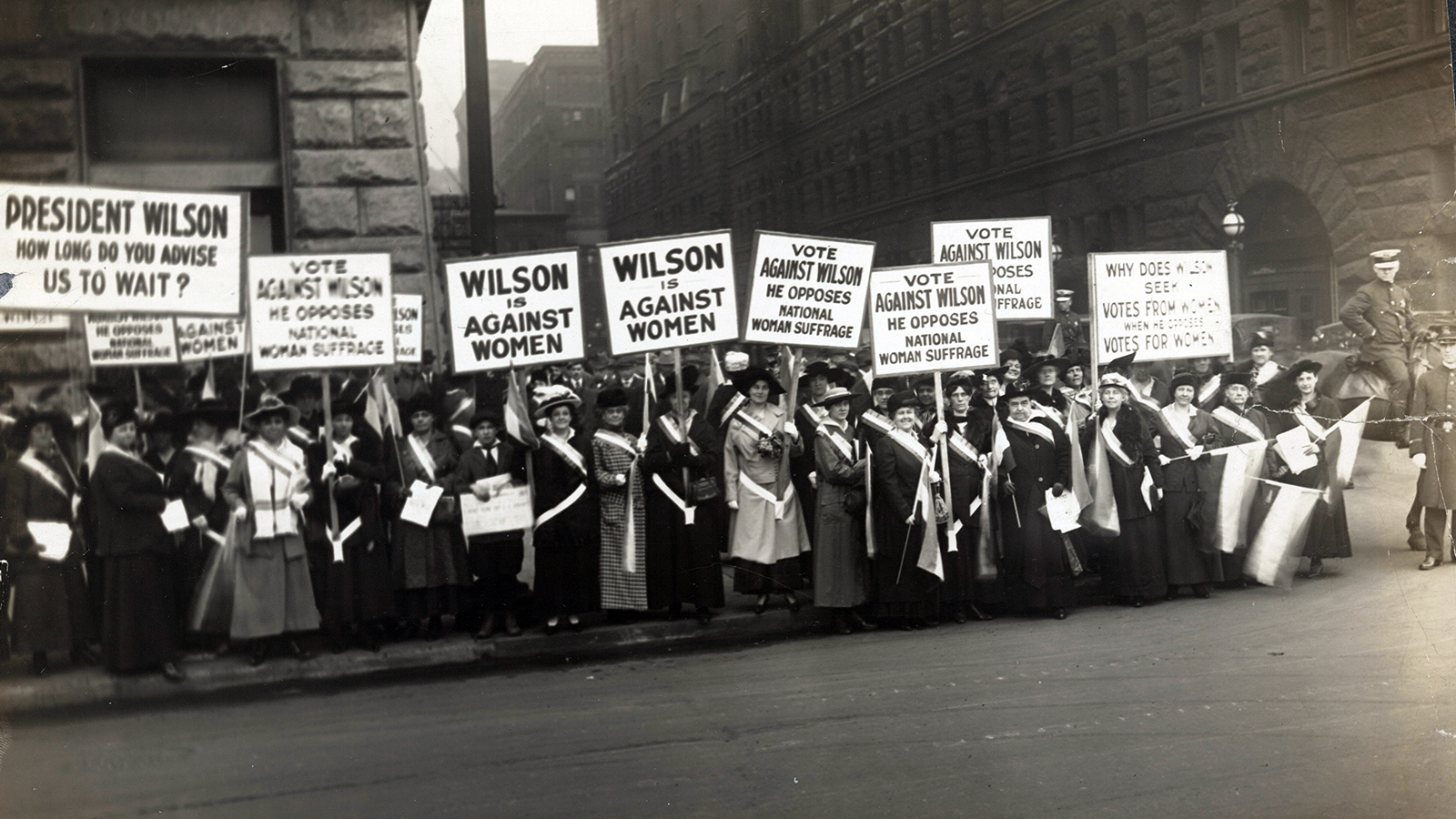In Andy Kessler’s article Studies Show That Studies Are Bunk, he brings to attention a very real problem: assuming that everything you read, if said it comes from a study, is true. But, I have a problem with this article.
Isn’t he asking us to assume what he’s saying is true?
As a psychology major, I think I had a hard time establishing a solid ethos for Mr. Kessler from the start. He referred to behavioral scientists as “pop psychologists”, and deemed the field as “the study of college kids in psych labs”. I get what he’s going for – he wants to make a point that most published studies are a result of a bunch of college kids sitting in a room and doing something stupid (and they’re most likely sitting in that room just for the $30 pay). I’m not saying that’s wrong, but that’s a pretty broad claim. While a lot of experiments occur in settings like these, not all of them do. And, even if they do, maybe the results aren’t completely inaccurate!
The one line of Kessler’s article that particularly angered me was when he supported his claim by saying “newer research has deflated this theory,”. Now, Mr. Kessler, is this not hypocritical? It’s hard to believe a claim debunking studies when the writer uses studies to support his claim.

In my opinion, the bottom line is this: when studies are conducted, they result in theories, and the conclusions are simply that. Theories. As kids are continuously taught in school, a theory isn’t fact, it’s just highly probable and based on observations. So, while I will remain skeptical in an effort to keep in mind the overarching warning of Kessler’s article, I will apply this same skepticism to his own claim.











